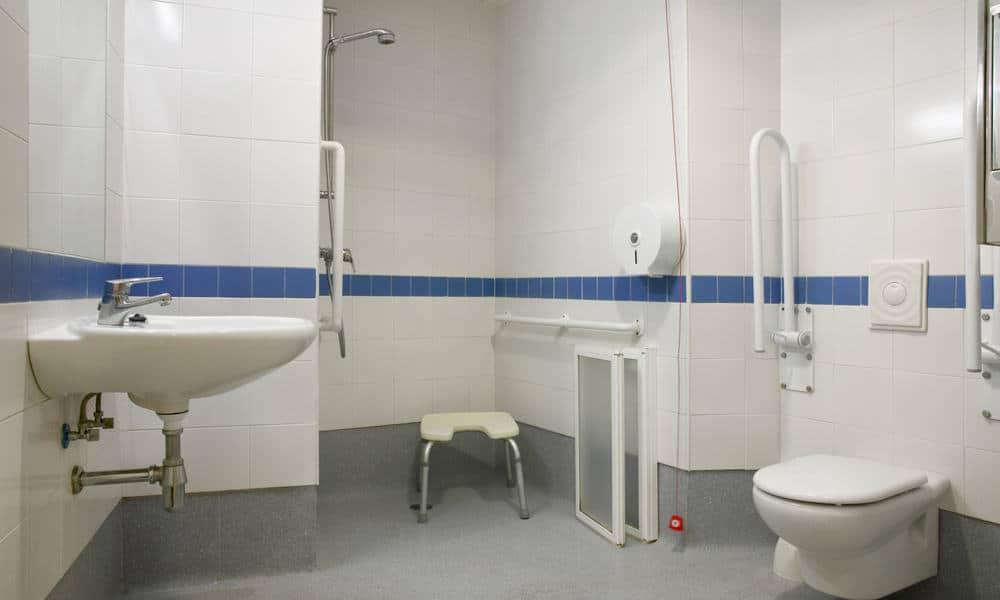The Americans with Disabilities Act (ADA) was established to ensure that individuals with disabilities have equal access to public facilities. Among its numerous provisions, the requirements for accessible bathrooms are particularly significant. Understanding these learn about ada bathroom requirements here is essential for architects, business owners, and facility managers aiming to create inclusive environments. This article outlines the fundamental ADA bathroom requirements and their implications for accessibility.
The Importance of Accessible Bathrooms
Accessible bathrooms are crucial for promoting independence and dignity among individuals with disabilities. These facilities must accommodate a range of needs, ensuring that everyone can use them comfortably. Compliance with ADA bathroom requirements not only fulfills legal obligations but also reflects a commitment to inclusivity and customer service.

Key ADA Bathroom Requirements
- Accessible Toilet Stalls: Every public restroom must have at least one accessible stall. This stall should be a minimum of 60 inches wide and 56 inches deep for wall-mounted toilets or 59 inches deep for floor-mounted toilets. The door must swing outward or be equipped with a self-closing mechanism for easy access.
- Toilet Height: Toilets in accessible stalls should be positioned between 17 and 19 inches above the floor. This height is essential for individuals using mobility aids, allowing for easier transfers.
- Grab Bars: To enhance safety, grab bars should be installed on the side and rear walls of accessible stalls. These bars must be mounted 33 to 36 inches above the floor and be able to support at least 250 pounds, providing crucial support for users.
- Sink Accessibility: Sinks should be mounted at a height no greater than 34 inches, allowing for wheelchair access underneath. Clear knee space is essential, and faucets must be designed for one-handed operation, eliminating the need for twisting or grasping.
- Mirror Height: Mirrors should be positioned so that the bottom edge is no higher than 40 inches above the floor. This allows individuals in wheelchairs to see their reflections without difficulty.
- Doorway Requirements: The entrance to an accessible restroom must have a minimum clear width of 32 inches. Additionally, pathways leading to the restroom should be free of obstructions, ensuring smooth navigation.
- Signage: Clear signage is vital for indicating accessible facilities. Signs should display the International Symbol of Accessibility and be placed between 48 and 60 inches from the floor for optimal visibility. Braille should also be included to assist individuals with visual impairments.
Compliance Strategies
To ensure compliance with ADA bathroom requirements, facilities should conduct regular assessments of their restrooms. This includes reviewing physical layouts and ensuring that staff members are trained to assist individuals with disabilities. Implementing feedback from users can also provide valuable insights into improving accessibility.
Conclusion
ADA bathroom requirements are essential for creating inclusive public spaces that meet the needs of all individuals. By understanding and adhering to these guidelines, businesses and facilities can foster an environment that promotes accessibility and respect for all patrons. Ensuring that restrooms are compliant with ADA standards is not only a legal responsibility; it represents a commitment to building a community that values inclusivity and equal access. By prioritizing accessible bathroom design, we contribute to a society where everyone can participate fully and independently.